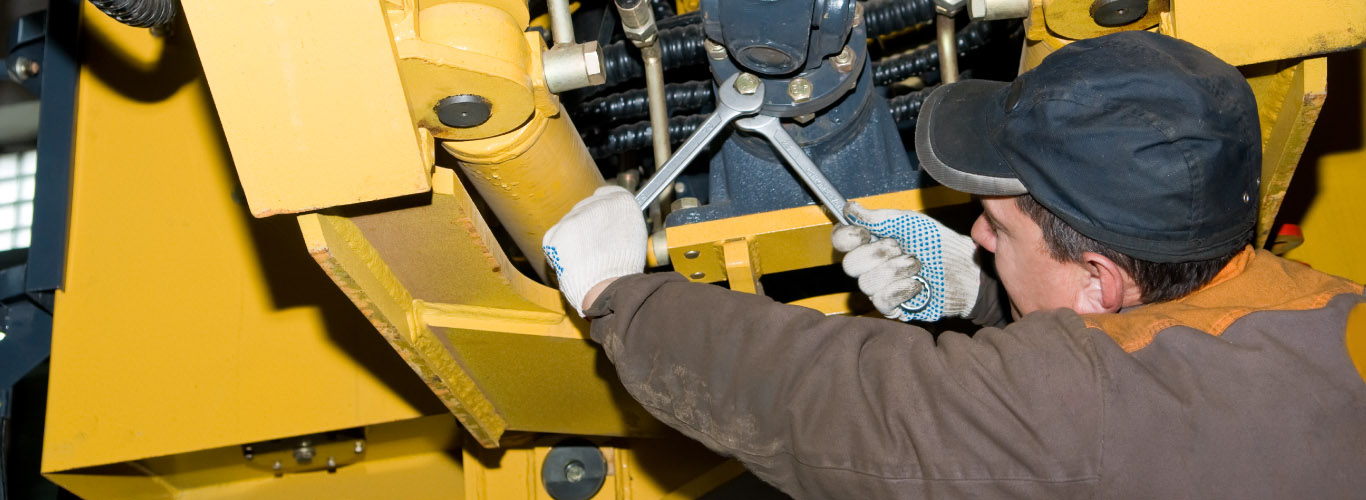Soil compaction is a process that increases the load bearing capacity of the ground, adding stability for future construction. Soil compaction also prevents soil settlement and water seepage, which can lead to expensive maintenance costs and eventual structure failure.
Compaction equipment is used to press the soil particles together, reducing the pore space between them and creating greater density. To help ensure the job is completed correctly, we put together some tips and best practices for soil compaction and compaction equipment.
Prior to soil compaction
Know your soil
It’s important to understand which soil group you are working with before you begin using compaction
equipment, as different soil types have different maximum densities and ideal moisture levels. The three
general soil groups are: cohesive, granular, and organic. Cohesive soils, like clay, have particles that
stick together. Granular soils, like sand, have no clay content, and crumble easily. Organic soils, on the
other hand, cannot be effectively compacted.
Understand moisture levels
Before you start soil compaction, you have to determine the moisture level of the soil. Too little
moisture results in inadequate compaction. Too much moisture can hinder stability.
The easiest way to test the moisture content of soil is the “Hand Test.” Pick up a handful of soil, squeeze it, and then open your hand. Ideally, the soil should be moldable and break into several pieces when dropped. If the soil is powdery and falls apart into many pieces when dropped, it is too dry. If the soil leaves moisture in your hand and remains in one piece when dropped, then it is too wet.
The right compaction equipment
For the best soil results, use compaction equipment that applies a vibratory force to the soil, such as
vibratory or oscillating rollers. These machines apply a rapid series of blows to the soil, which impacts
the deep layers beneath the surface, creating a more uniform, stable soil.
A padfoot roller is the best type of compaction equipment for cohesive soil. When operating on granular soils, vibratory rollers are the best choice. When using non-vibratory machines, the level of compaction depends on the weight of the machine. The heavier the compaction equipment, the more effective it will be.
During Compaction
Do not overcompact
If you make too many passes in a single direction with your compaction equipment you can over compact the
soil. Over compaction will actually lower soil density and cause unnecessary wear to the machine.
Avoid a rollover
Always check the work surface before beginning soil compaction for dangerous inclines or declines. When
operating compaction equipment on uneven surfaces, the rollover hazard increases significantly. Some
machines come with rollover protective structures (ROPS). The use of ROPS and seatbelts can significantly
lower the risk of injury in case of a rollover.
We also recommend inspecting tire pressure before operating compaction equipment, as incorrectly inflated tires can destabilize the machines. Other tips to avoid rollovers are always turning into slopes instead of away (for articulated steering) and not compacting soft edges, which can lead to one side of the machine to sink down.
Exercise caution during trench compaction
Trench work brings additional hazards for compaction equipment. Make sure that someone knowledgeable about
OSHA regulations checks out the jobsite before compaction work begins, daily before each shift, and as
needed throughout the shift.

